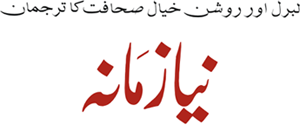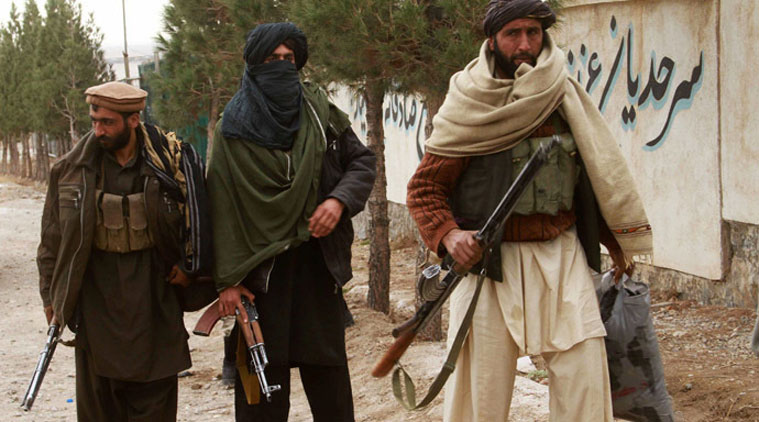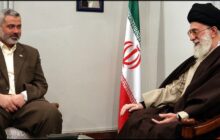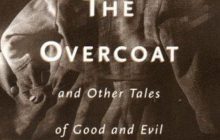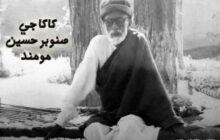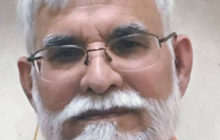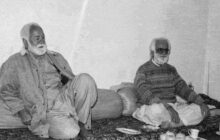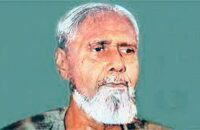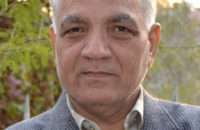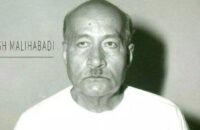Ibn Khaldun thought the tribals were bound together by their “asabiya” (group feeling) and were united in making war on the “soft” city.
By Khaled Ahmed
My contention that Muslim extremism springs from a process of retribalisation of society may have seemed far-fetched. A kind of perverse radicalism emanating from non-urban elements forces Muslims to adopt extremism. The greatest Muslim sociologist Ibn Khaldun thought Muslim civilisation was destroyed by the rise of “badu” tribes invading the cities and laying them waste. The Arabs, following Salafi doctrines, are offended by the following quote from his book The Muqaddimah: “It is noteworthy how civilisation always collapsed in places the badu took over and conquered, and how such settlements were depopulated and laid in ruin.”
The city-dwelling Muslims or “hazar” were used to multiple ways of thinking and tolerated difference of opinion. Ibn Khaldun thought the tribals were bound together by their “asabiya” (group feeling) and were united in making war on the “soft” city. My dictionary defines the badu as “desert-dweller”. One good example of “retribalisation” can be seen in the recent histoy of Kuwait where two warring sects
of Islam, Shia and Sunni, lived in peace till the Salafi-badu challenged the state and forced the moderate Sunni Kuwaitis to adopt his tribal extremism.
Kuwait was the only Gulf state where the ruling Sheikh was enlightened enough to start up an elected parliament. In Kuwait’s population of 1.3 million, the Shia are 30 per cent. They were integrated enough to form a small upwardly mobile commercial class, well-set in the establishment, particularly the police force. The 50-seat unicameral parliament elected every four years was dominated by moderates till the onset of the Arab Spring in 2011.
When Kuwait was invaded by Saddam Hussein from neighbouring Iraq in 1990, the Shia gave a good account of themselves by defending Kuwait, which made the ruling Al Sabah family beholden to them. But what happened in Iraq subsequently in the form of persecution of the Sunni minority under PM Maliki brought on Sunni reaction in neighbouring states. As the Sunni reaction mounted, the Kuwaiti Shia also started linking themselves to the new religious leadership under the grand ayatollah of Iraq, Al Sistani. The rise of the Hezbollah in Lebanon and its confrontation with neighbouring Israel inspired the Kuwaiti Shia, often leading to sectarian contacts unheard-of in earlier times. The moderation of the sects in parliament and the benign temperament of the ruling Sheikh postponed any confrontation while the region was clearly moving towards sectarian conflict.
However, trouble was brewing in the Kuwaiti desert. The badu tribes practising hard Islam in their isolation were slowly moving to the cities.
From 2006, Sabah Al-Sabah, the prime minister from the ruling family, pursued moderate policies on social matters, women’s rights and media freedom. This didn’t go down well with the badu who grew more and more opposed to the hazar and the Shia, particularly the Sunni hazar’s good relations with the well-to-do Shia community.
In Pakistan, the hazar have been pushed back by a minority of badu warriors linked to Afghanistan. Once again, like Kuwait, there is a Saudi nexus which pushes their hard Deobandi Islam to Salafism. The feeding machine is not badu coming in from outside but Pakistan’s madrassa system, spreading more badu thinking.
The writer is consulting editor, ‘Newsweek Pakistan’
Read more
